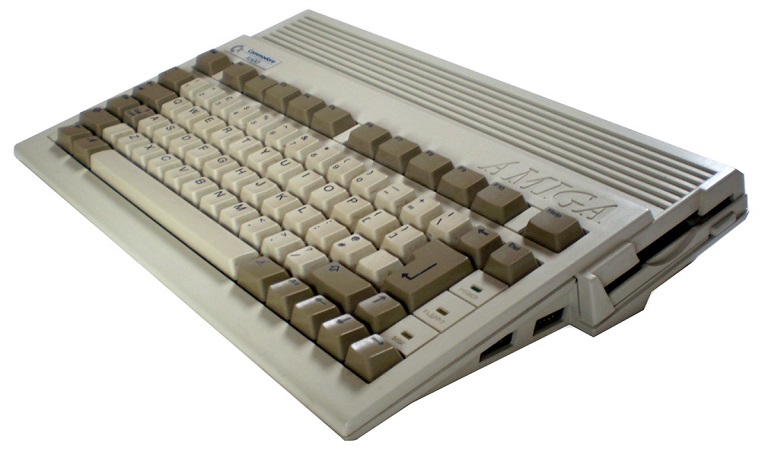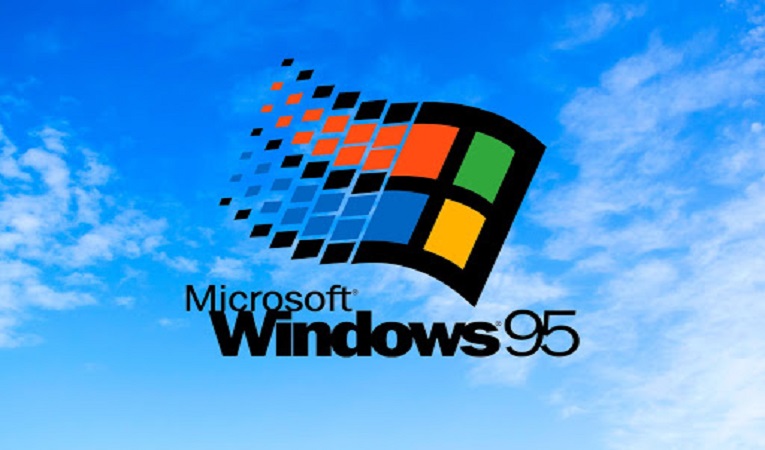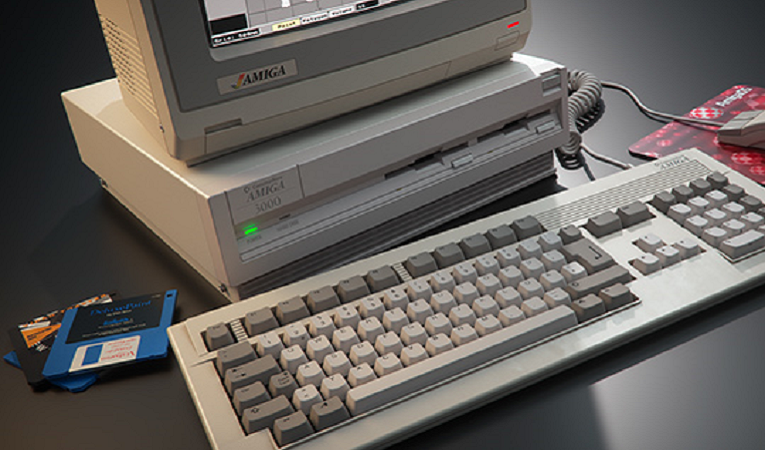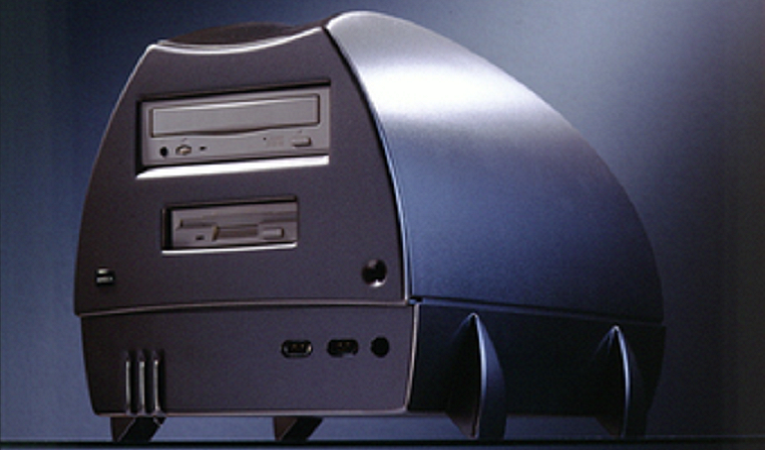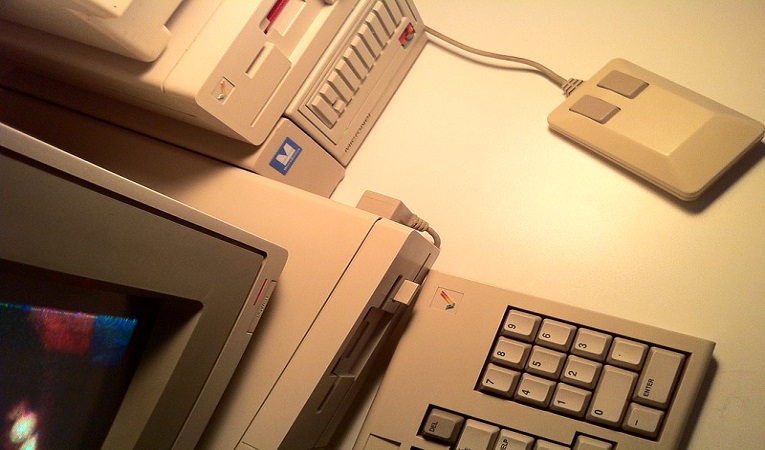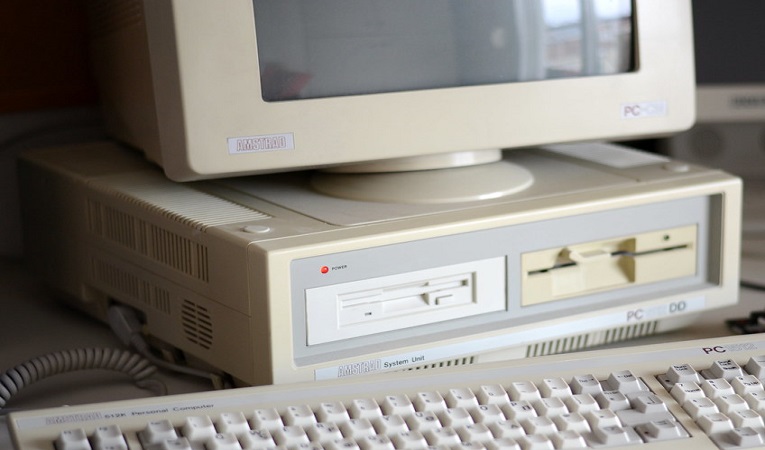
The Amstrad PC1512 was Amstrad’s first IBM PC-compatible computer system, first manufactured in 1986. It was part of the Amstrad PC range which also included the later released PC1640 and PC2086 models. The PC1512 featured an Intel 8086 processor, 512 KB of RAM and a built-in floppy disk drive. It was well-received for its low price and good performance. The Amstrad PC 1512 used the MS-DOS operating system, it was first released by Microsoft in 1981 as the first version of Microsoft’s PC-DOS, which was later renamed to MS-DOS. MS-DOS was the primary operating system for most IBM PC-compatible computers during the 1980s and early 1990s, before being superseded by Microsoft Windows. MS-DOS was a command-line operating system, which means that users interacted with the computer by typing commands at a command prompt. It provided a basic set of commands and utilities for managing files, running programs, and performing system tasks. MS-DOS was designed to be run on IBM-compatible personal computers with an Intel 8086 or similar processor, and it was primarily used with a text-based interface. MS-DOS was widely used for running early business software and games, because it was simple to use, and it could be run on a wide variety of hardware.
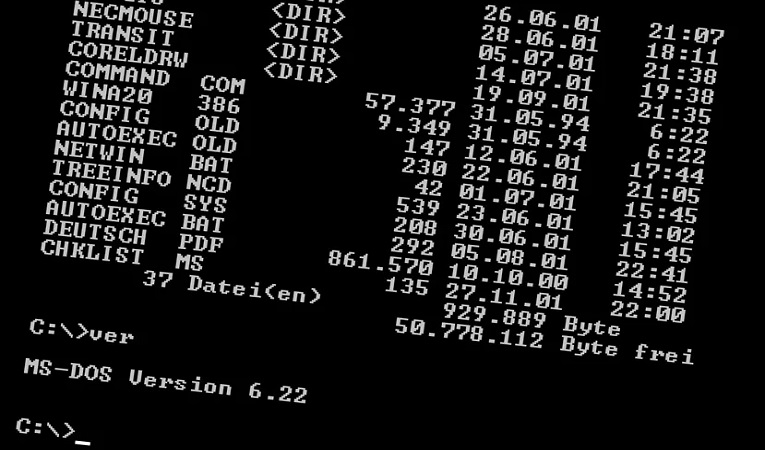
The Amstrad PC1512 and PC1640 also shipped with Digital Research’s GEM (Graphical Environment Manager) as the default graphical shell. GEM was a popular graphical user interface (GUI) that was developed by Digital Research as an alternative to Microsoft’s Windows. GEM was designed to work with the MS-DOS operating system, and it provided users with a more intuitive and user-friendly interface than the command-line interface of MS-DOS. In addition to GEM, the PC1512 and PC1640 could also run Geoworks Ensemble, which was another popular graphical shell that was designed for MS-DOS computers. Geoworks Ensemble was an alternative to GEM and it provided users with a similar set of features, such as a desktop, icons, and windows. The PC1512 and PC1640 were shipped with GEM as a default, but users had the option to install and use Geoworks Ensemble instead, or even both. The Amstrad PC1512 and PC1640 was compatible with Geoworks Ensemble up to version 2.1, which was released in the very late 80s.
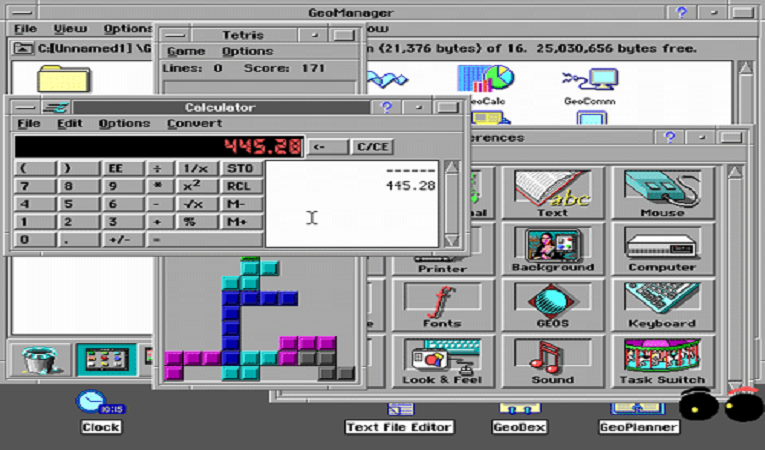
Both the Amstrad PC1512 and PC1640 were designed to be upgradeable, and one of the upgrade options available for both models was the NEC V30 CPU. The NEC V30 is a microprocessor that was designed by NEC Corporation in the mid-1980s, it was an enhanced version of the Intel 8086, with additional instructions and support for running software designed for the Intel 80286. The NEC V30 was compatible with the 8086 and could run most software written for that processor. By upgrading to the NEC V30, users of the PC1512 and PC1640 could take advantage of the additional performance and capabilities provided by the V30, including the ability to run more advanced software and operating systems that required the 80286 processor.

The Amstrad PC1512 was a significant player in the European PC market and it helped open up the market to consumers as well as small businesses. One of the key reasons for the PC1512’s success was Amstrad’s marketing strategy, which was aimed at homes rather than offices. The PC1512 was one of the first affordable personal computers that was specifically targeted at the home market, which helped to make computing more accessible to a wider audience. The PC1512’s advertising campaign was focused on the computer’s ease of use and affordability, which helped to make it popular among non-technical users. The computer’s price point, which was significantly lower than its competitors, also helped to make it more accessible to a wider range of consumers. The PC1512’s influence on the European PC market was significant, and it helped to establish the home computer market in Europe. It was so popular that the UK PC magazine PC Plus originally targeted itself at the “Amstrad PC 1512 and compatibles”, since home ownership of other PCs at the time was rare.

Amstrad also attempted to expand its market share in the United States by selling the PC1512 computer under the name PC6400. The PC6400 was a version of the PC1512 that was specifically tailored to the US market. The model included a 20MB hard drive, which was larger than the version sold in Europe, and it came with 640KB of RAM, which was an upgrade from the 512KB that came with the PC1512. This was done to meet the higher memory requirements of the US market. Amstrad also marketed the PC6400 as a more powerful and capable computer than the PC1512, and it was sold at a higher price point. The PC6400 was sold in the United States between 1986 to 1988, but it didn’t achieve the same level of success as the European models.
news source: Generationamiga.com / image source: Pixabay






